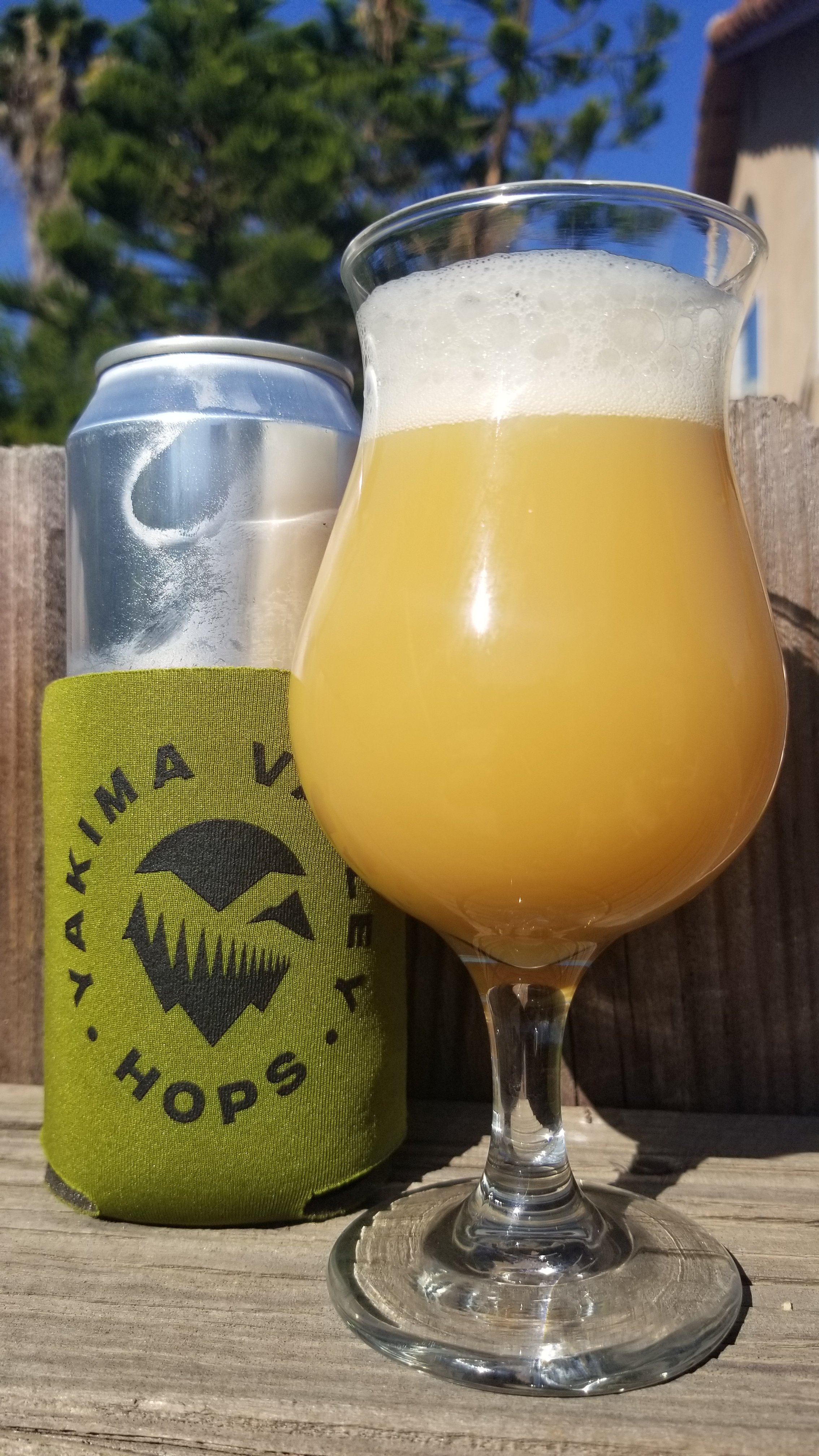Noob_Brewer
Well-Known Member
I work from my tap water but got a ward labs water report, so when I put targets of Ca=100, Cl=200, SO4=100, beer smith matches it as close as it can. I end up with: Cl=199, SO4=99.4, Ca=110, so a little over my Ca targetI have slowly creeped up to 160ppm range with chloride and kept the sulfate around 80ppm. How do you guys get up to 200ppm chloride without getting the calcium over 120ppm? I always build up from distilled.






![Craft A Brew - Safale BE-256 Yeast - Fermentis - Belgian Ale Dry Yeast - For Belgian & Strong Ales - Ingredients for Home Brewing - Beer Making Supplies - [3 Pack]](https://m.media-amazon.com/images/I/51bcKEwQmWL._SL500_.jpg)




















































